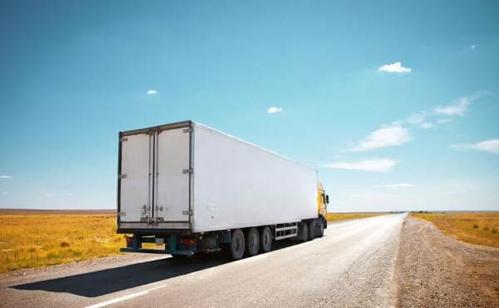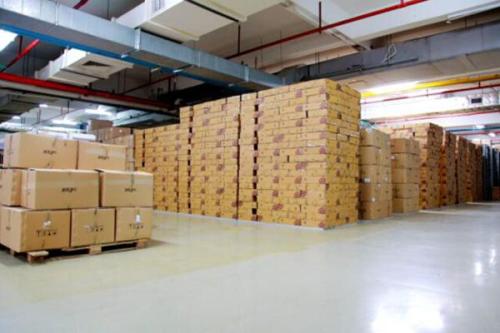How to break through the increasingly severe homogenization competition in logistics?
Policies are conducive to the inflow of capital, and the increase in capital intensifies fierce competition. With the help of capital, the scope and scope of services have expanded, and competitiveness has been enhanced. Small and micro enterprises that survive in the gap not only have to deal with behemoths, but also have to guard against enterprises of the same size, and the results are imaginable.

1、 Transit participants participate in competition. Cross border competition is not only a cross-border competition in different fields of the logistics industry, but also the entry of outsiders.
Industry insiders point out that although the express delivery industry is a market segment of overall logistics, each entrant also has a different name (large parcel express, large package, large logistics, etc.), but its service essence is still homogeneous. For example, before involving specific logistics business, a special route was also opened to participate in specific business competition. And Tencent and others are quietly expanding the scope of logistics business.
2、 Regardless of the potential huge market demand, China is a logistics powerhouse and one of the most dynamic and consumer countries in the world economy. With the entry of foreign multinational enterprises and the development of the global e-commerce economy, the logistics industry has enormous opportunities.
How to break homogeneous competition?
Homogenization refers to the convergence of products and services. Although there are differences in form, there are differences in content, quality, technical content, and usage value. Therefore, in order to break the competitive dilemma of homogenization, most enterprises adopt marketing strategies, promote sales, and set costs. The richer the enterprise, the more money it will spend on advertising and promotion with unpredictable effects, but the results are often unsatisfactory.
Not one of them, it's difficult to understand the difficulties involved, and many suggestions are actually difficult for some companies to implement. However, there are some optional comments here for reference only:
1. Enhance service value and improve service quality. When the homogenization of products and services is difficult to undergo substantial changes, we can differentiate services, provide customers with value-added services, and achieve overall customer satisfaction improvement.
2. Strengthen business training and establish a high-quality corporate team. Although they are all marketers, there are also significant differences between individuals and teams. When the support provided by each family is similar, people with high quality and better understanding of marketing strategies and skills often win the final victory.

3. Re examine market segmentation, discover new demands, and find unique positions; When homogeneous competition intensifies and it is difficult to match, it is necessary to study market segmentation, discover one's own uniqueness, optimize the market, build new strategies, and establish core competitiveness; Secondly, we need to enhance the flexibility of enterprises; To achieve comprehensive diversified development, it depends on the actual situation of the enterprise. Not every enterprise is suitable for this path. Sometimes, neglecting their own strength and excessively pursuing diversification is not very good.
4. Seeking alliances and mutually beneficial cooperation: At the end of homogeneous competition, survival of the fittest is survival of the fittest, and the industry will eventually embark on an intensive and large-scale integration path. Therefore, disadvantaged enterprises can combine with each other, share resources, efficiently allocate resources, and achieve large-scale economic benefits; Or be merged and integrated by large enterprises, or seek cooperation with big trees to utilize coolness.
 中文
中文 THI
THI EN
EN
